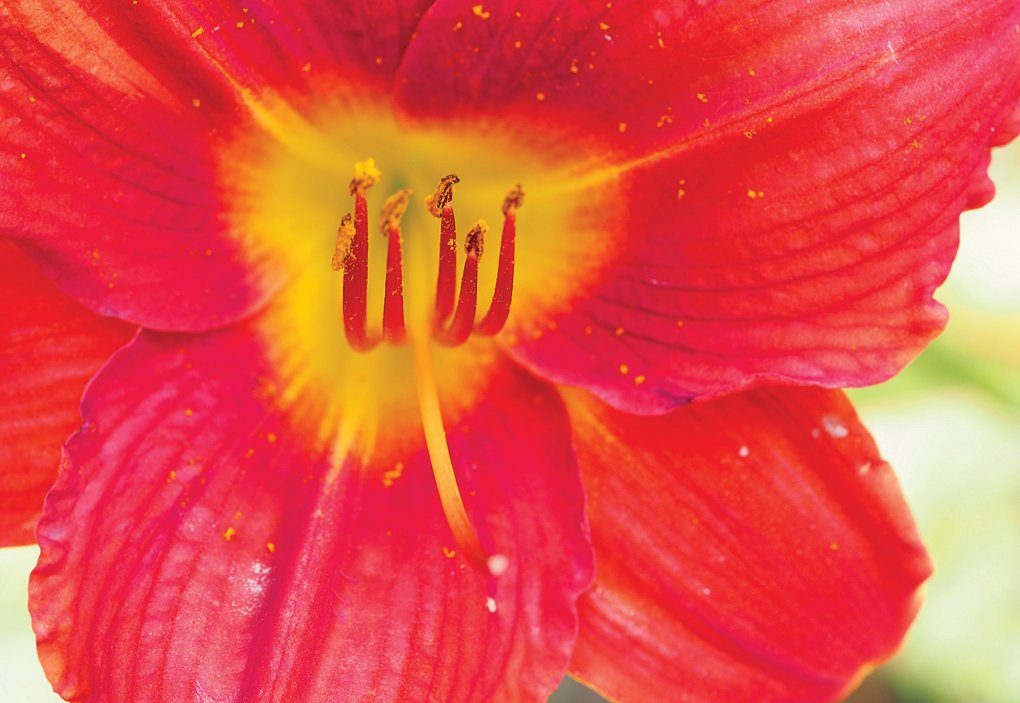
Editor’s note: CN+R photographer Kim Hawks, an experienced gardener, recently visited the Jim Massey family garden in Chatham for a picture-taking session, and filed this report.
In Chatham County, we are in the thick of summer. Gardeners rise early to enjoy the work in their gardens, then most of us retreat inside until after 7 p.m. when the heat and humidity of the day starts to lift.
Did you know there are late blooming daylilies to extend your summer daylily time? Peak daylily bloom time is early/mid July. But the daylilies featured in these photos begin blooming at the end of July and into early August.
Crinum flowers are another Southern perennial that is often lacking in our Southern Gardens. Big strappy leaves push out from hefty bulbs yielding tall spikes 3-4 inches tall topped with a cluster of Crinum flowers in different stages of opening. They hunker down until a shower arrives, then they push out more flowers. They are tolerant and patient with a survivalist quality.
Do you have heavy clay or lean sandy soils? No problem. Crinum thrive in poor soils: from heavy clay to lean sandy soils to poorly drained areas and swampy areas. Plant them on the deep side — 12 inches. If you mix in some manure, they won’t complain.
In his book “Garden Bulbs for the South,” Scott Ogden describes Spider Lilies as the “Ballerinas of the Garden.” Flowers emerge in July summer evenings and exude exquisite fragrance. Like Crinums, these are Southern perennials who can take the heat of our hot, humid summers. With its subtropical heritage, Spider Lilies need rich soil and boggy, wet locations. In terms of soil preferences, heavy clay or sand is fine, as long as it is wet. Suitable sites include edges of ponds, along creeks and low, poorly drained areas in light shade, or half day sun.
Your best bet for finding these perennials is to search on the internet for mail-order nurseries who offer these wonderful Southern perennials.
Gardens can be accessorized cheaply with a little imagination. An old pair of rain boots that sprung a leak can become a container for plants. A kayak damaged by too many dings can become an interesting planter. Look around. I’m sure you can find some suitable items you no longer use that can be repurposed for “plant containers.”